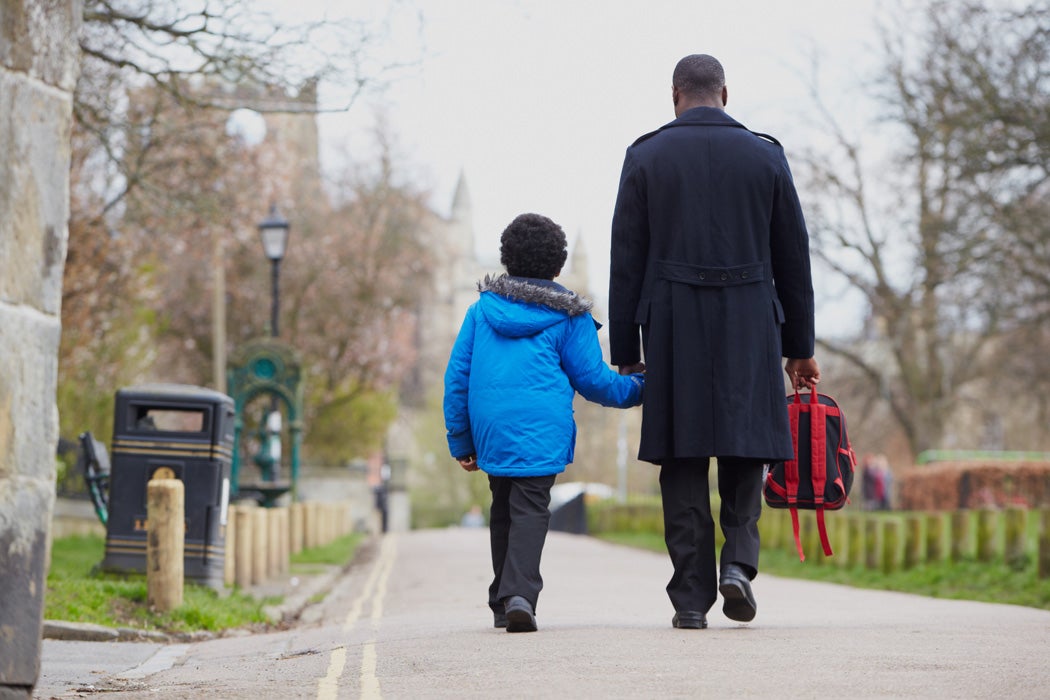For decades, when the topic of unequal public schools comes up, one of the main prescriptions politicians and policymakers have offered is “choice.” In a recent paper, the sociologists Angela Simms and Elizabeth Talbert explain one aspect of school choice that’s rarely part of these conversations: the “tax” in time and effort that it imposes on many black parents.
Simms and Talbert conducted interviews with black and white parents in the Cleveland area. Participants were chosen randomly from neighborhoods at a range of income levels. Of the white parents studied, 10 out of 15 sent all their children to their neighborhood schools. Simms and Talbert write that these parents “described their school decision-making process as requiring no significant effort.” Of the white parents who sent their kids to non-neighborhood schools, such as charter or magnet schools, four out of five lived in the city of Cleveland.
“In general, we find that White parents, regardless of income, tend to be satisfied with their neighborhood public schools, which are usually in predominantly White middle-class suburbs,” the authors write.
Among the 26 black parents, on the other hand, 20 sent at least one child to a “choice” school. As with white parents, families living in the city of Cleveland were more likely to use choice options, but even black parents in the suburbs were evenly split between choice and traditional routes.
While white families often chose to live in specific communities because they were known for having “good schools,” that option was often not available to black families—and not just for financial reasons. Many black parents worried that moving into “good,” whiter districts would take them away from their social support systems, which, due to historical segregation, tend to be in communities with “bad” local schools.
Simms and Talbert write that the black parents they spoke with were highly conversant in the process of accessing non-traditional schools, including navigating paperwork requirements and waiting lists and enlisting their social networks to help assess a school’s quality.
Weekly Newsletter
In contrast to the relative ease of getting kids to and from a neighborhood school, many black parents who used “choice” options had to spend a great deal of time and effort on transportation. For example, one working-class black single mother who had moved from a majority-white suburb of Akron Ohio to a majority-black community near Cleveland used a choice policy to re-enroll her kids to their old schools:
I have to be up by 5:30 to get them up, so that we can make the drive,” she told the researchers. “I’ve got it timed down to the minute… but if one person is just not in the mood or not being a team player, then it throws off the entire team… You can put your shoes on in the car.
Simms and Talbert write that this sort of “tax” in time and effort paid by black parents will continue as long as choice—rather than desegregating neighborhoods and equalizing communities’ school resources—is presented as the answer to unequal schools.







